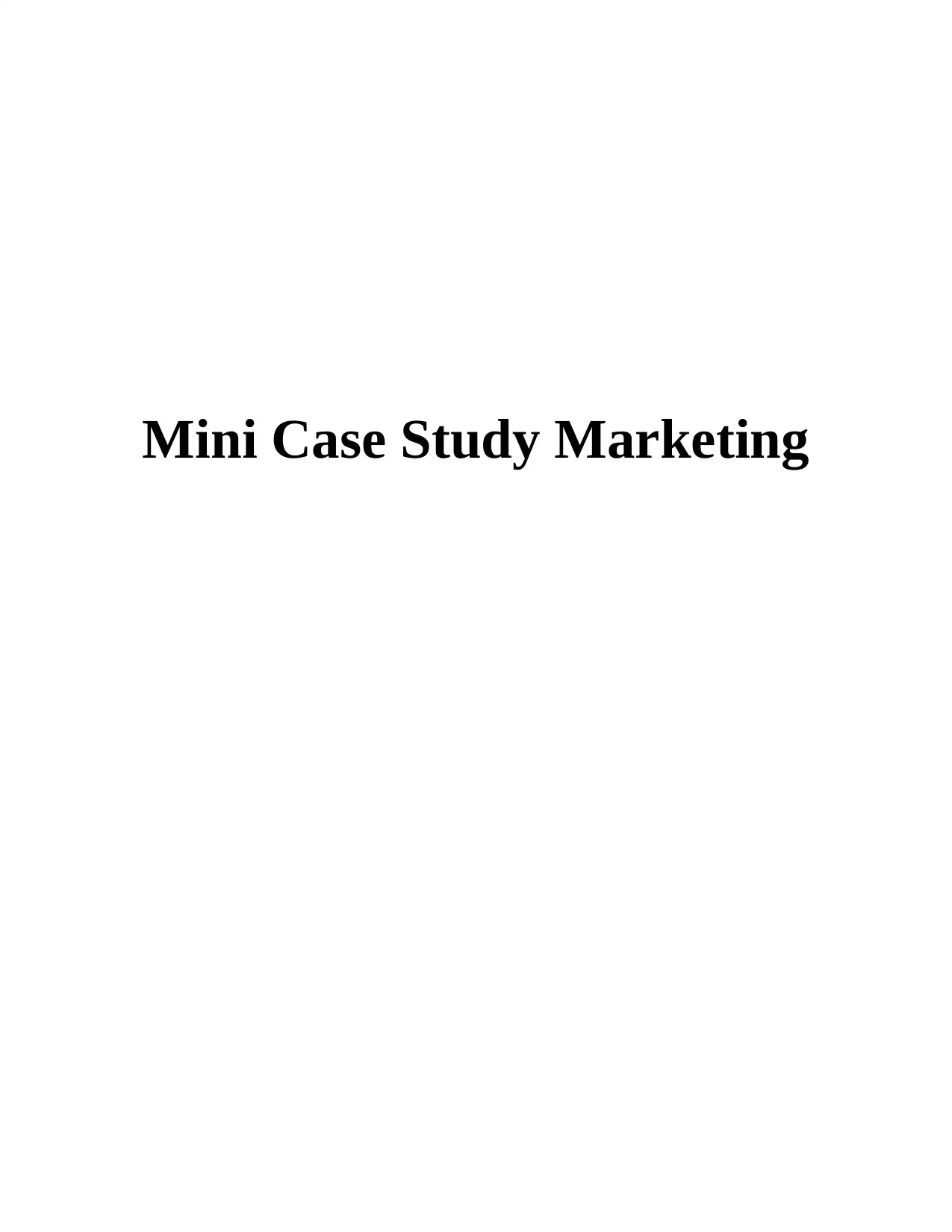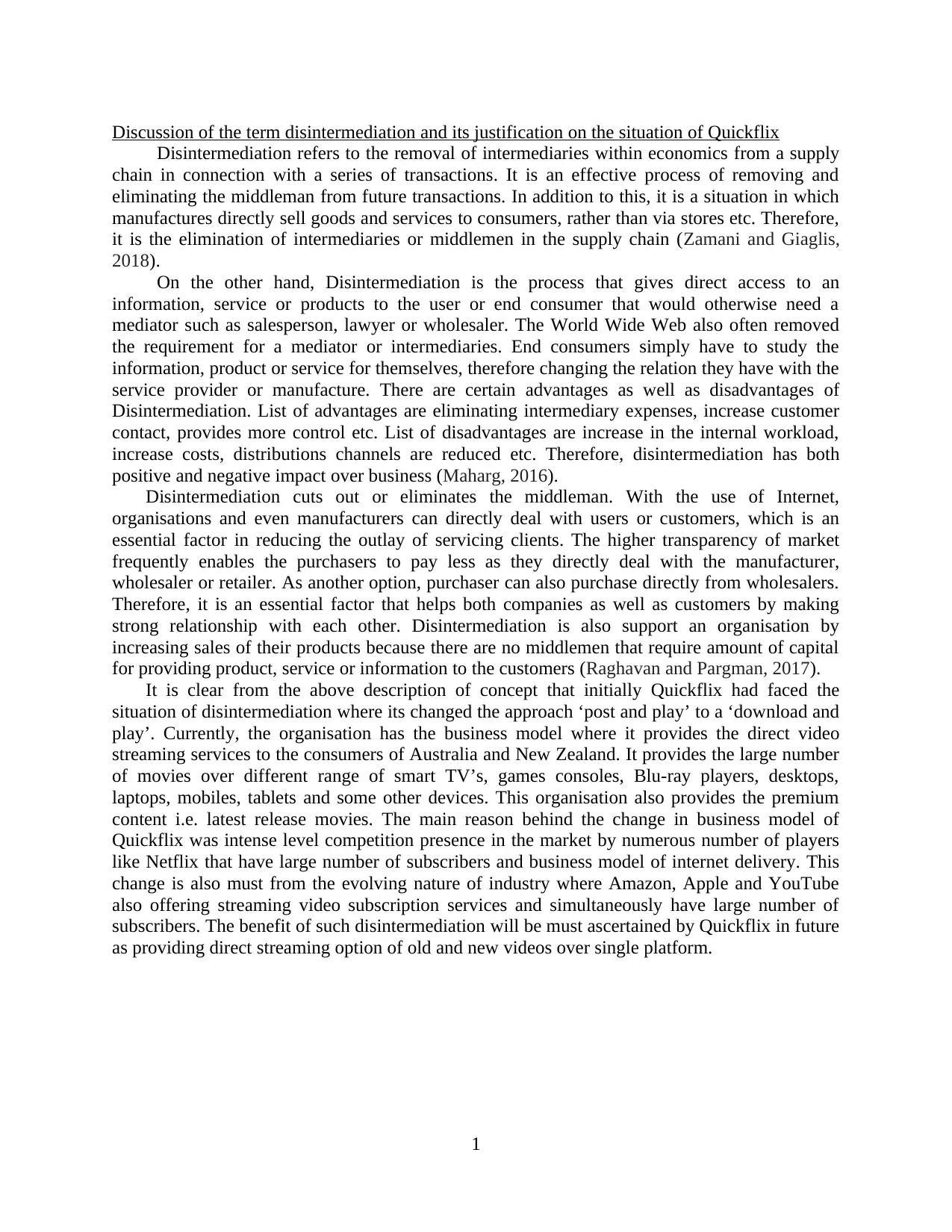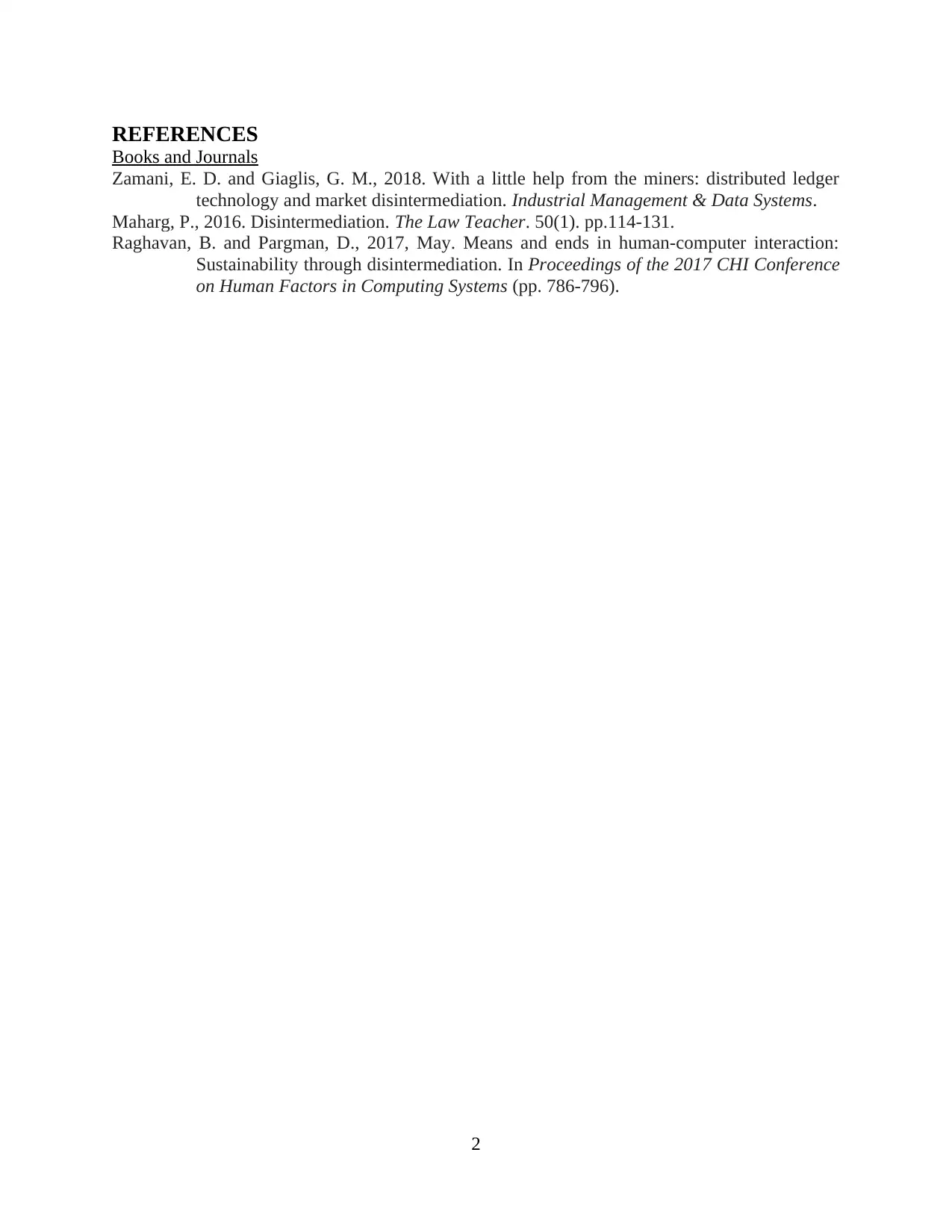Marketing Case Study: Quickflix's Disintermediation Strategy Analysis
VerifiedAdded on 2023/01/11
|4
|710
|42
Case Study
AI Summary
This mini case study examines the concept of disintermediation and its application to the Quickflix business model. The assignment begins by defining disintermediation as the removal of intermediaries in a supply chain, particularly in the context of direct-to-consumer sales. It then explores the advantages and disadvantages of disintermediation, such as increased customer contact and reduced costs versus increased internal workload. The core of the case study focuses on Quickflix's transition from a 'post and play' model to a direct video streaming service in Australia and New Zealand. The analysis highlights the impact of digital competition, particularly from Netflix, Amazon, Apple, and YouTube, which drove the company's shift to offer streaming options. The case study concludes by emphasizing the potential benefits of this disintermediation strategy for Quickflix, particularly in providing direct access to a wide range of video content.
1 out of 4











![[object Object]](/_next/static/media/star-bottom.7253800d.svg)